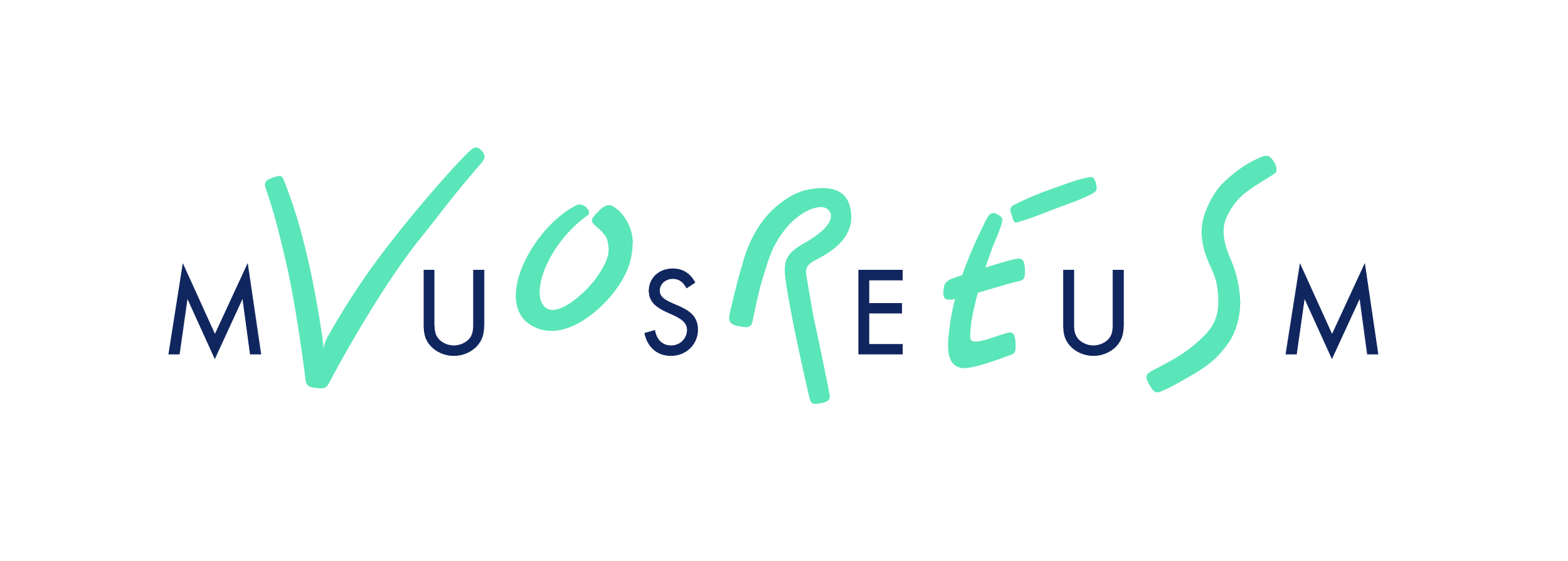History at Danish Museums
100 years of living history at Danish museums
Project partners
PhD Fellow, cand.mag Tilde Strandbygaard Gabriel Jessen and Professor, PhD Anette Elisabeth Warring, Roskilde University
Project period
1 August 2016 - 31 July 2019
The use of living history or re-enactment is increasingly integrated as part of the ways in which historical museums interact with visitors and society at large. Today, employees, volunteers and visitors engage in re-enactments of historical events, activities and social roles located within a broad range of material settings. This research project investigates the phenomenon of living history as it has developed in Denmark by asking where, when, how, why and for whom museums have participated in re-enacting the past. Particular attention is given to the issue of how museums have handled dilemmas concerning the relationship between their educational purposes on the one hand and the provision of engaging experiences for visitors on the other – an issue that has been discussed in Denmark since 1897, when Sophus Müller, the director of the National Museum of Denmark, first raised the issue prompted by the establishment of a new kind of ‘folk’ museum. Empirical parts of the study are primarily based on evidence located in museum archives and analysed with theoretical inspiration drawn from cultural history, ethnography, archaeology and performance studies. By establishing a long-term perspective on the ways in which living history and its attendant dilemmas have played out at a range of large and small Danish museums, the project provides a robust basis for a more granular understanding of contemporary re-enactment practices and, in wider terms, museum interaction with the general public.
